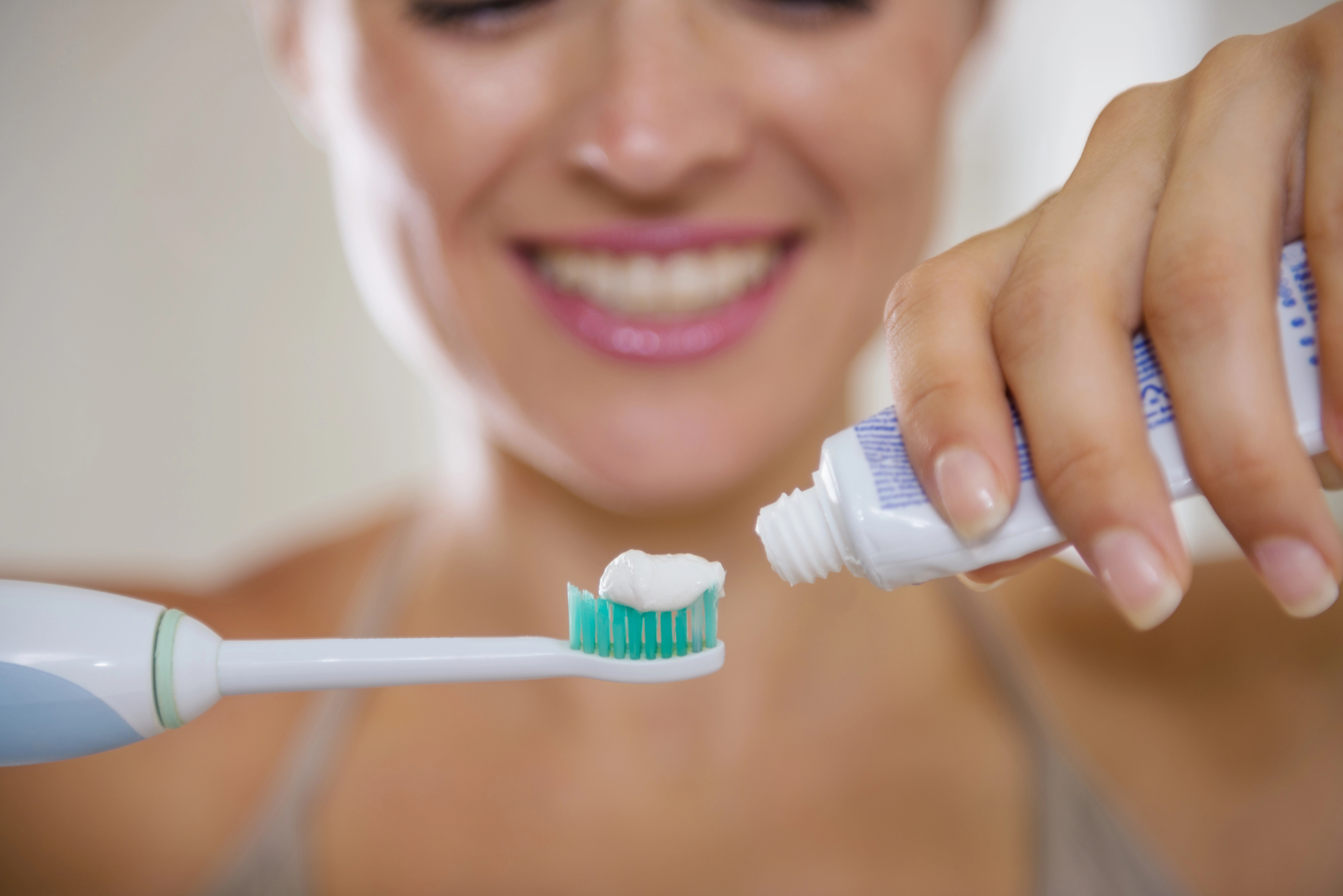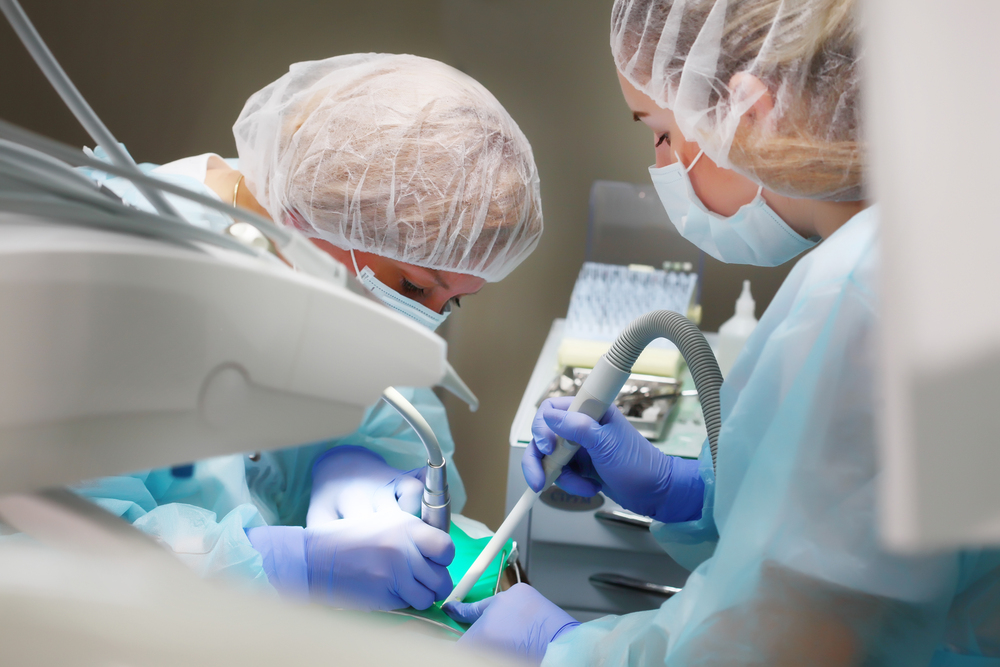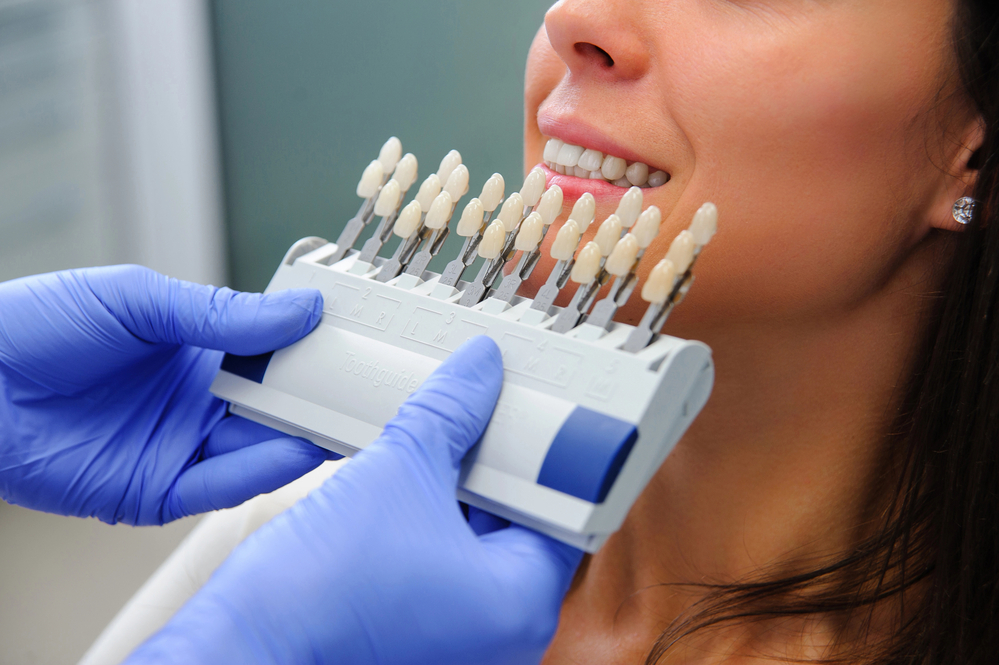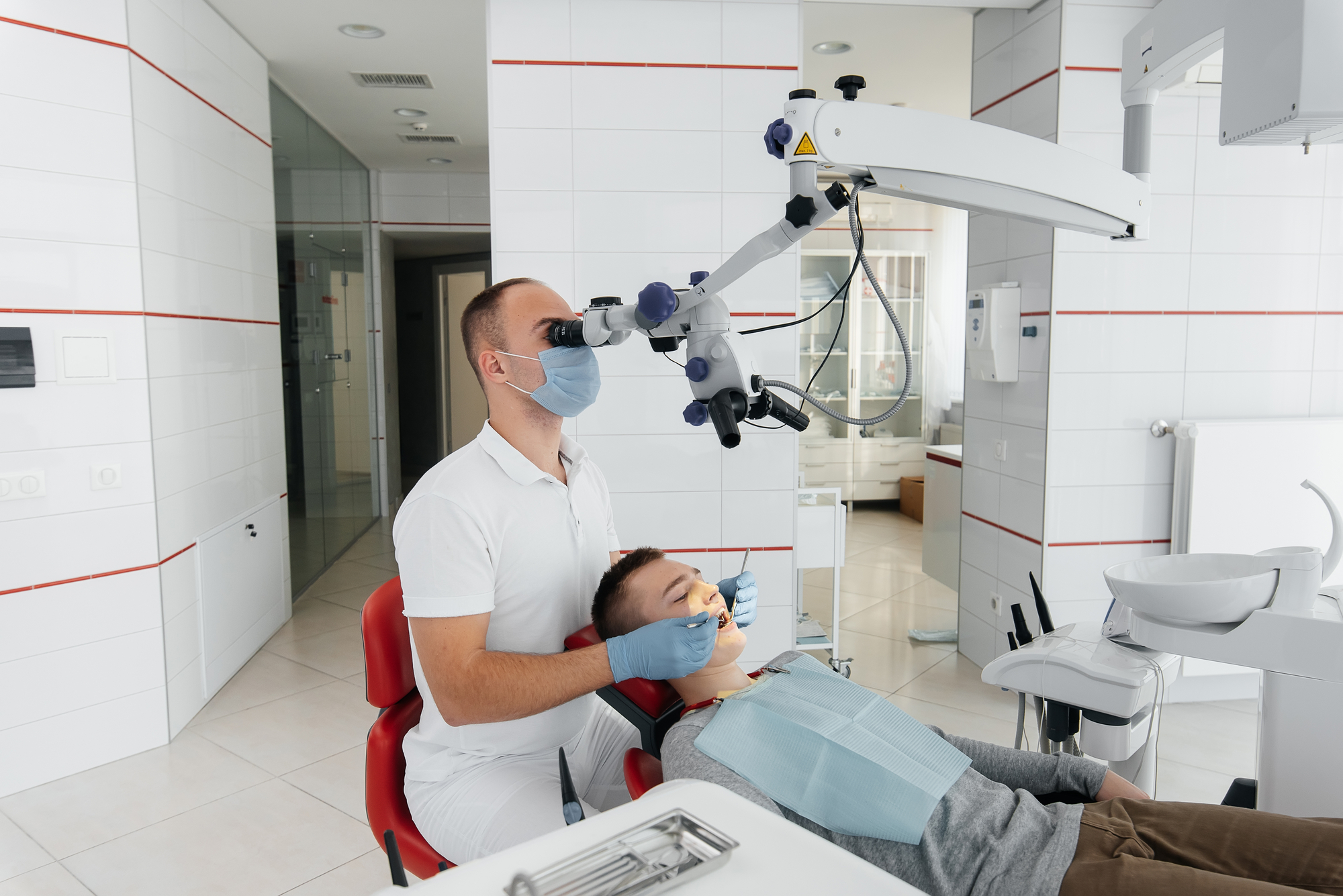All-on-4 dental implants have transformed the way people experience full-arch tooth replacement. They provide a permanent, natural-looking solution for individuals who have lost most or all of their teeth, offering the stability of implants with fewer surgical posts. But once you’ve made the investment in your smile, how do you protect it for the long haul?
Proper care is critical to the longevity and health of your All-on-4 implants. While they are designed to be durable, they are not maintenance-free. Your dentist plays a vital role in guiding you, but daily responsibility rests in your hands. Here’s what every patient needs to know about taking care of your All On 4 Smile implants and ensuring your new smile lasts a lifetime.
1. Understand the Importance of Daily Care
Just because your new teeth aren’t natural doesn’t mean they’re immune to problems.
Plaque, bacteria, and food debris can still collect around the gumline and implant area. Without consistent cleaning, this can lead to peri-implantitis — a gum infection similar to gum disease — that can compromise the implant’s stability.
Oral care after the procedure is essential. Commit to a twice-daily cleaning routine using soft-bristle brushes, low-abrasive toothpaste, and interdental tools like floss threaders or water flossers to clean hard-to-reach areas beneath the prosthetic bridge.
2. Use the Right Tools
The tools you use matter just as much as how often you use them. Traditional floss might not be ideal for All-on-4 implants, but floss threaders or specialized implant floss can help you clean around and under the bridge effectively.
Electric toothbrushes with soft bristles are also a great choice, as they provide consistent, gentle cleaning power without damaging the implant surfaces.
For even more effective cleaning, consider adding a water flosser (oral irrigator) to your daily routine. These devices can flush out debris from underneath your implant bridge, a spot that traditional brushing often misses.
3. Keep Your Gums Healthy
Healthy gums are the foundation of a successful All-on-4 system. Redness, swelling, or bleeding around the implant site may indicate inflammation or infection. These issues can escalate quickly if left untreated.
As part of your oral care after the procedure, massage your gums gently with your toothbrush and stay alert for any unusual symptoms. If you notice persistent irritation, bad breath, or discomfort, schedule an appointment with your dentist immediately.
4. Avoid Harmful Habits
While All-on-4 implants are strong, they aren’t indestructible. Habits like chewing ice, biting fingernails, or using your teeth as tools can lead to cracks in your bridge or stress on the implants. Similarly, smoking can significantly hinder healing after surgery and increases the risk of implant failure over time due to reduced blood flow and impaired gum health.
Limiting alcohol, avoiding hard or sticky foods, and breaking damaging oral habits are crucial
steps in taking care of your All On 4 Smile implants.
5. Stick to Your Dental Checkups
Post-surgery, your dentist will set a schedule for follow-up visits. These checkups are not optional — they’re critical to the long-term success of your implants. During these visits, your dentist will check for signs of infection, ensure the bridge is secure, and perform professional cleanings.
You should visit your dentist at least twice a year, or more often if recommended, to maintain the health of your implants. These visits also give you a chance to discuss any discomfort, changes in bite, or concerns about appearance or function.
6. Don’t Skip Professional Cleanings
Even with perfect home care, some plaque and bacteria will accumulate in areas you can’t reach. Professional cleanings allow dental hygienists to use specialized tools to clean around your implants thoroughly. These appointments also help catch early signs of potential problems before they become serious.
Your dentist may use ultrasonic scalers or air polishers specifically designed for implants, ensuring that your bridge is cleaned without damaging its structure or finish.
7. Pay Attention to What You Eat
Immediately after surgery, you’ll need to follow a soft food diet, but even once healed, dietary choices still matter. Sticky or hard foods can place excess pressure on your implant bridge and lead to wear over time.
Opt for a balanced diet rich in nutrients that support bone and gum health, including calcium, vitamin D, and omega-3 fatty acids. Staying hydrated also helps with saliva production, which naturally keeps the mouth clean and reduces the risk of bacterial buildup.
8. Watch for Warning Signs
Your implants should feel secure and comfortable. If you notice clicking sounds, shifting, pain, or swelling, these could be early signs of trouble. Catching these issues early can prevent bigger, more expensive complications later.
Pain when biting down or a loosening of the bridge should never be ignored. As part of taking care of your All On 4 Smile implants, always communicate any changes to your dental provider promptly.
All-on-4 dental implants are a life-changing investment, offering the confidence and function of a healthy smile. But like anything valuable, they require ongoing care to remain in excellent condition. By committing to
proper oral care after the procedure, using the right tools, and maintaining regular dental visits, you can protect your new smile for years to come.
Your dentist is your partner in this journey. Don’t hesitate to reach out for personalized tips, product recommendations, or support if something doesn’t feel right. With the right approach, taking care of your All On 4 Smile implants becomes second nature — and your smile will thank you for it.








